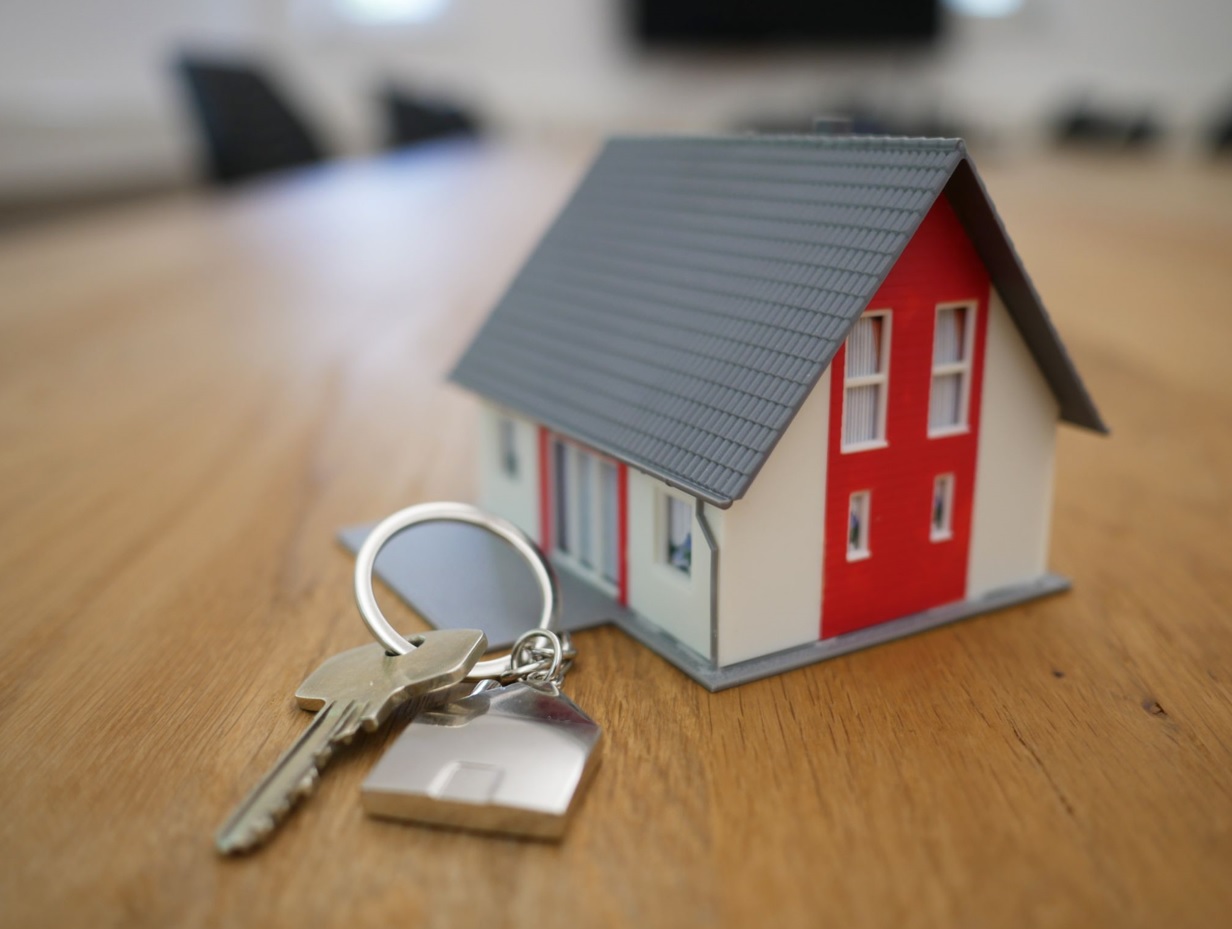Military life comes with trials, tribulations, and strife that most people will never have to endure in their lifetimes. As a thank you, the US government offers several benefits to individuals who either currently serve or who received an honorary discharge. One benefit is the VA home loan. If you are in the market for a home and plan to use the VA home loan, it’s important to get your affairs in order before applying so you can take full advantage of it.
Understanding the VA Home Loan and Your Other Options
When searching for home loans as a veteran, it’s important that you understand the ins and outs of all your lending options — including the VA home loan — so you can make the best decision for you, your wallet and your family.
- Veterans Home Loan: Per the US Department of Veterans Affairs, the greatest benefit of the VA home loan is that it’s affordable. It requires zero down, has low rates, does not necessitate mortgage insurance and does not allow for prepayment penalties. However, the government has strict requirements for the types of homes that qualify.
- FHA Loan: The FHA loan is designed for first-time borrowers with bad to fair credit. Though FHA loans require a 3.5 percent down payment and private mortgage insurance, the rates are generally low. Like the VA loan, FHA has strict requirements for homes.
- USDA Mortgage: USDA mortgages offer 100 percent financing, which means no down payment, closing costs or PMI. Though they’re available to the general public, only individuals with low to moderate income may qualify. Rates can be as low as 1 percent.
Once you identify the best loan for your situation, it’s time to prepare to apply.
Get Your Finances in Order
If you plan to use the VA loan, you first need to obtain your certificate of eligibility. Next, run a credit check to make sure your credit is in good standing. If you identify any issues, take steps to resolve them immediately. Once your credit is good to go, boost your buying power by paying down your debts and amassing as much cash as you can. Though the VA loan offers 100 percent financing, you may still need to put down an earnest money deposit.
You should also plan to pay for closing costs, which are usually 2 percent to 5 percent of the purchase price of the home. Though there are steps you can take to reduce closing costs — such as asking the seller to pay some of the costs, negotiating a lower purchase price or rolling the costs into your loan — you should, ideally, come to the table with enough to cover them. Finally, secure loan approval so you can start shopping.
Search For and Close on Your Dream Home
Once your finances are in order, the fun begins. Though there is no “right time” to buy a home, fall typically offers the most options and best prices, as sellers are eager to resettle before the school year begins. Regardless of the time of year, make a list of your must-haves in a home and neighborhood, and look only at homes within your budget. Finally, be patient. The right home will come along eventually, at which point, make a strong offer.
Even with a VA home loan, you have your work cut out for you during the home buying process. Put in the legwork to make the VA loan work harder for you.
#CoordinatedAssitstanceNetwork #CANportal #TogetherWeCAN
Contribution made by:
Brittany Fisher of financiallywell.info

